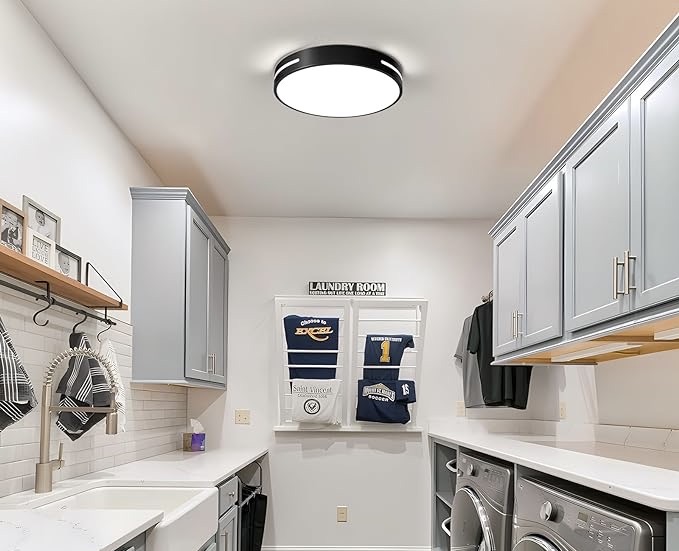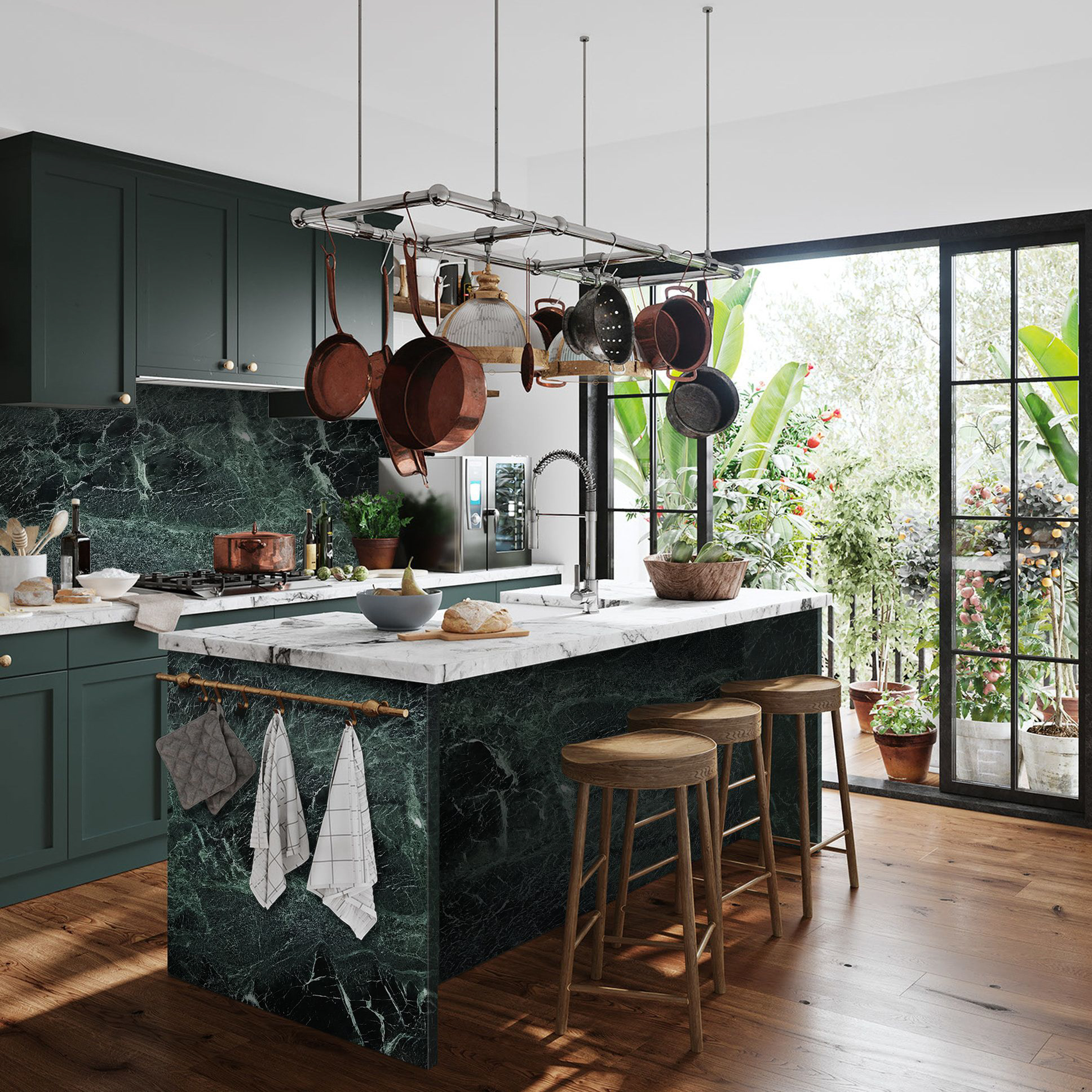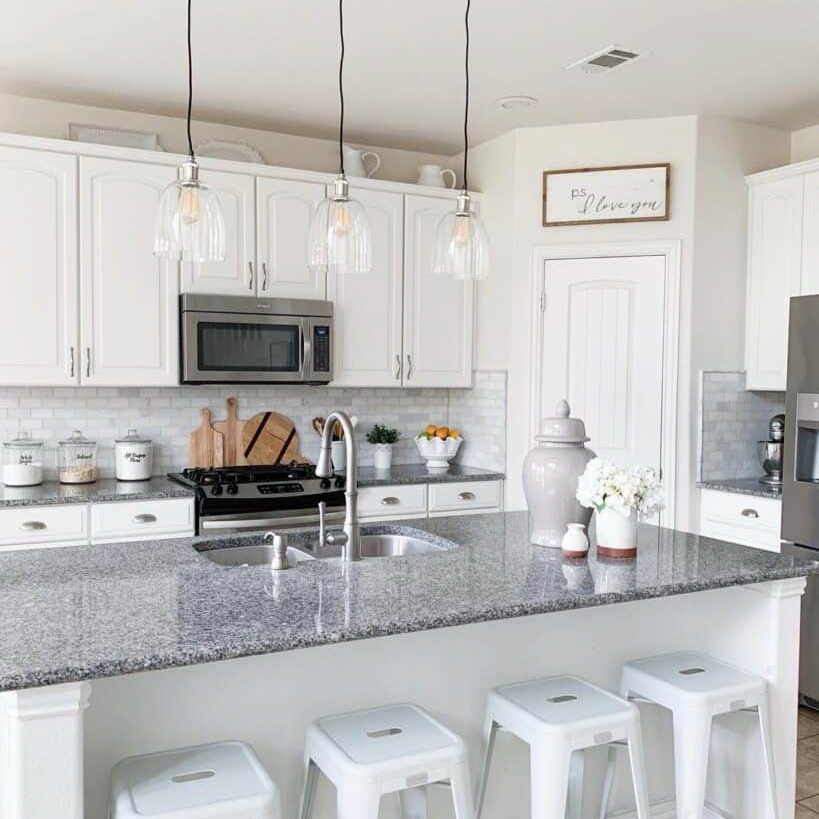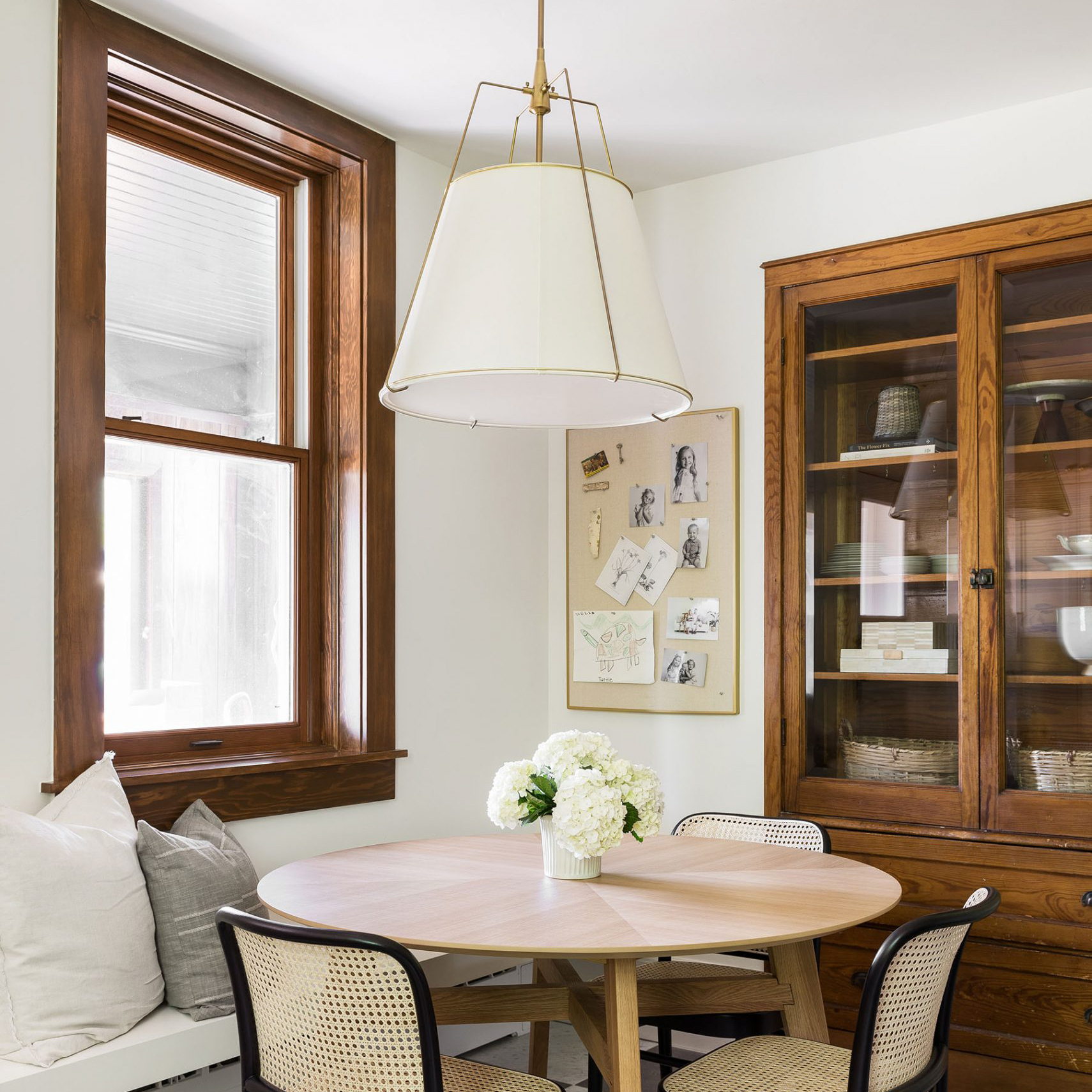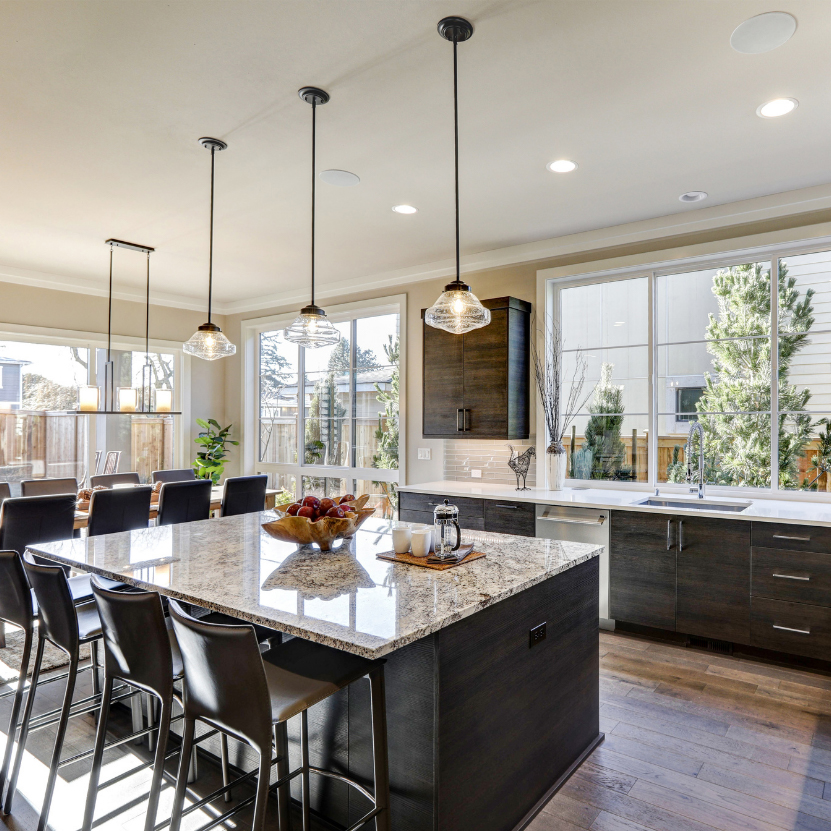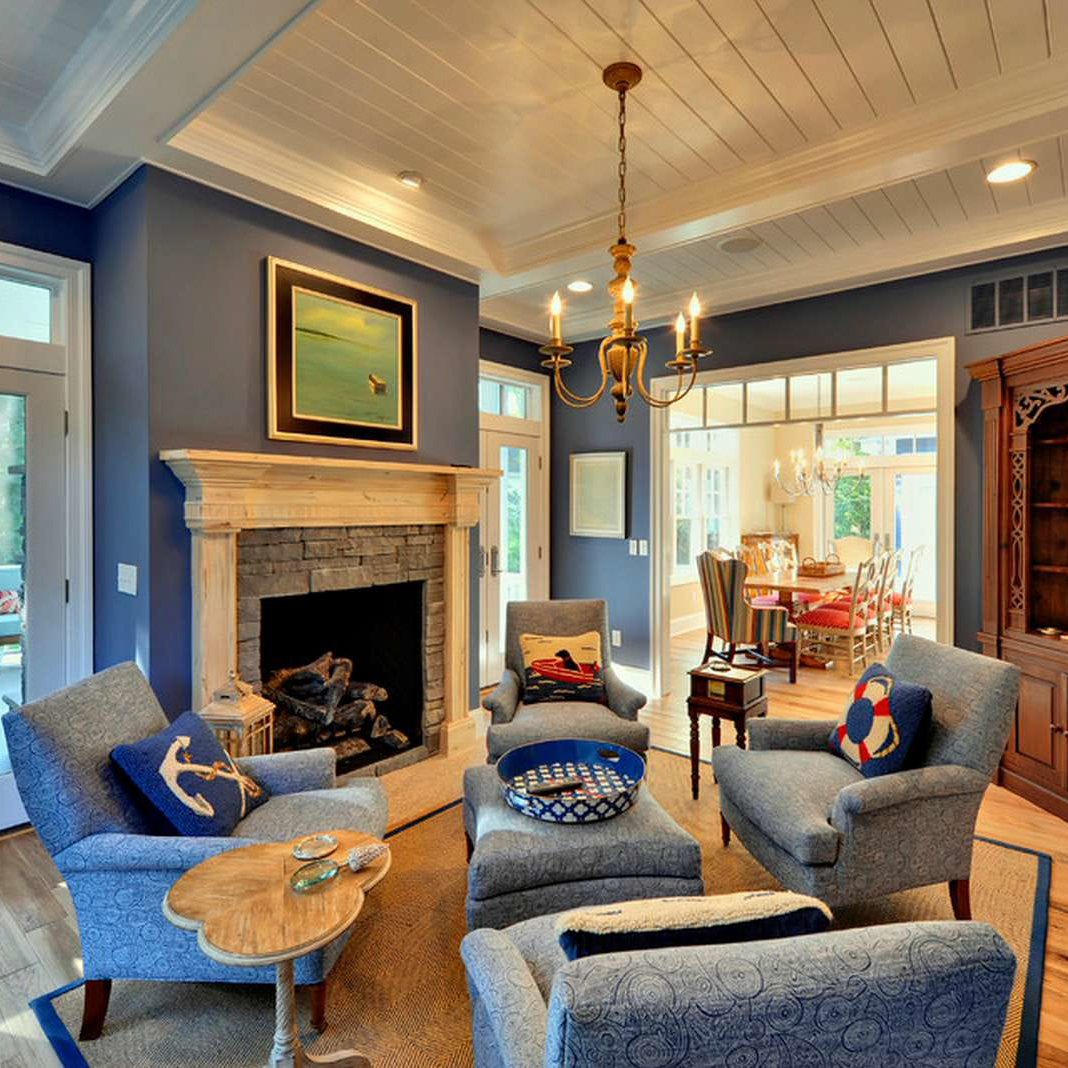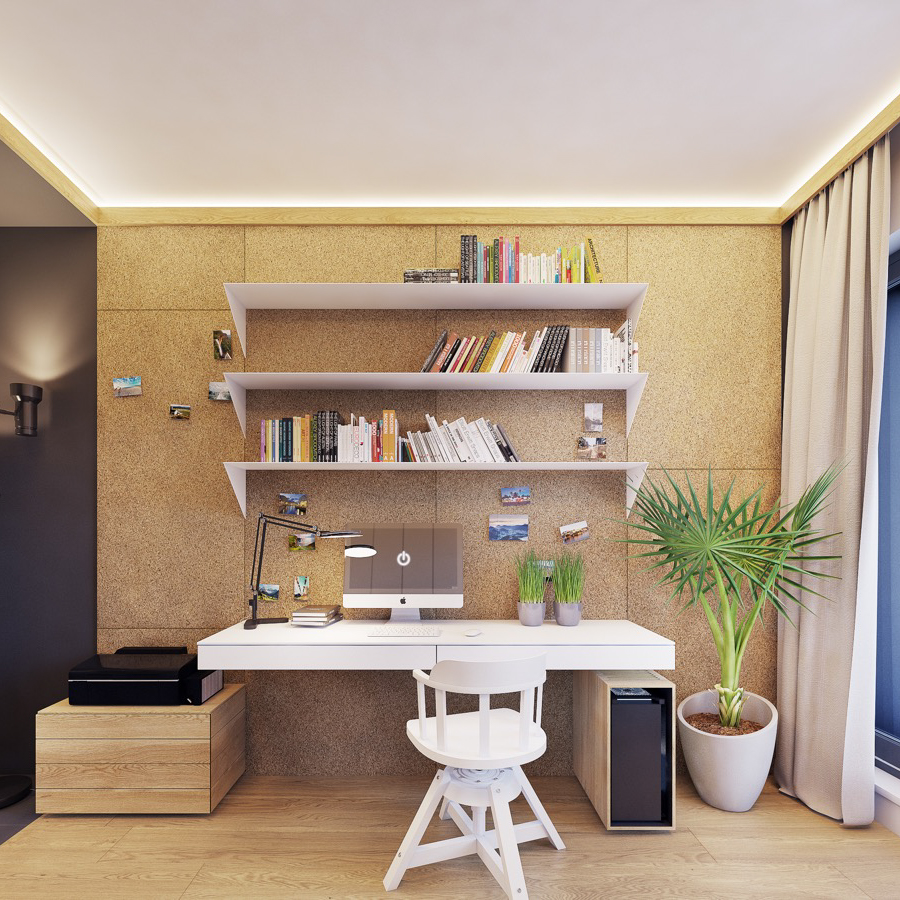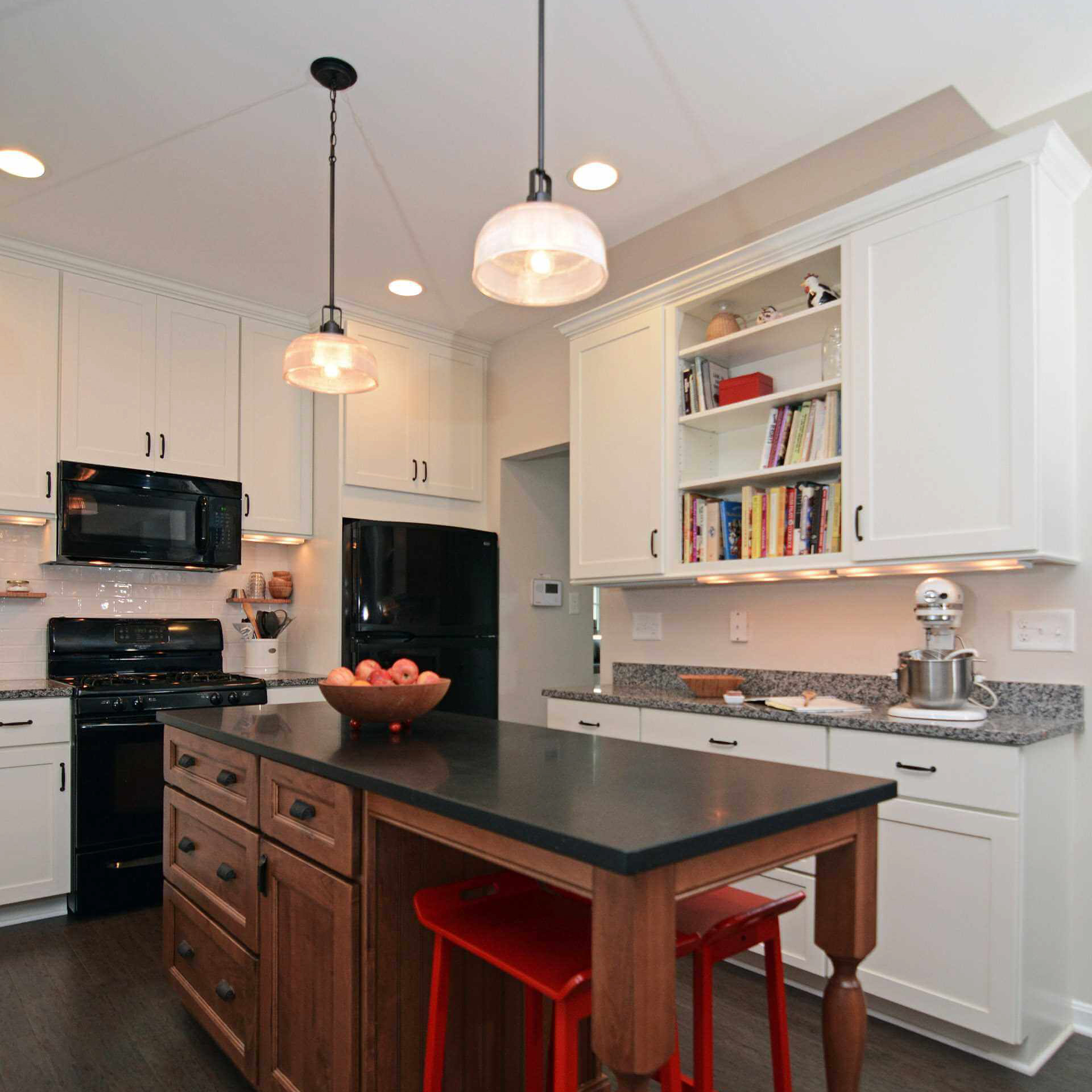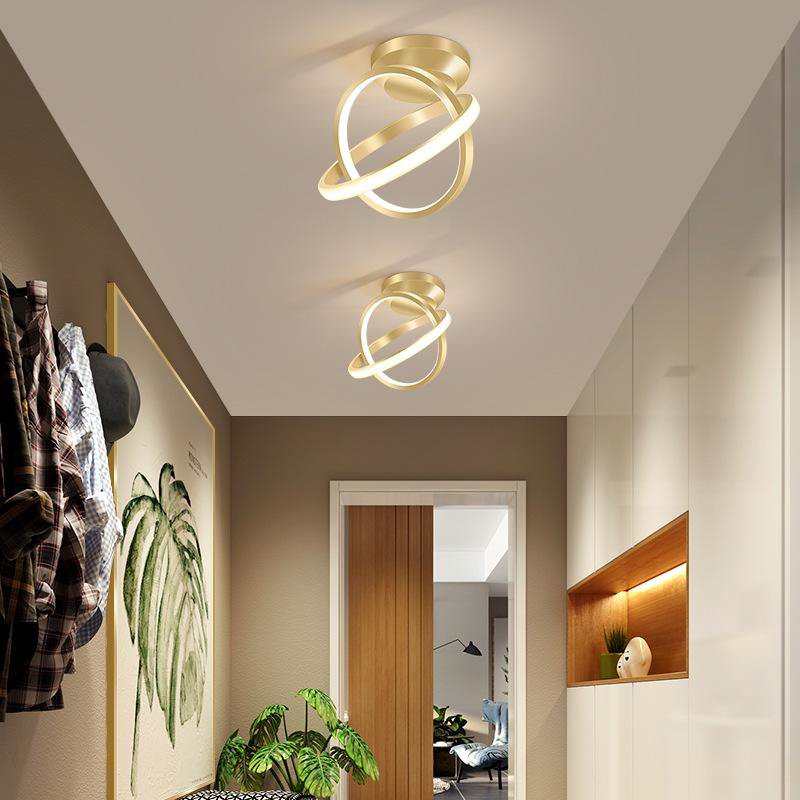The Importance of Effective Lighting Design
Lighting is an essential element in interior design. It can transform a space from dull and uninviting to warm and welcoming. Effective lighting design not only enhances the aesthetics of a room but also plays a significant role in its functionality. It can make a space more comfortable, improve productivity, and even affect our mood.
Types of Lighting
There are three types of lighting: ambient, task, and accent. Ambient lighting provides general illumination to a room and is usually achieved through ceiling fixtures or wall-mounted lights. Task lighting is focused on specific areas and is used to provide illumination for tasks such as reading, cooking, or working. Accent lighting is used to highlight visual elements such as artwork, plants, or architectural features.
Ambient Lighting
Ambient lighting is often the primary source of lighting in a room, and it sets the tone for the overall mood of the space. When choosing ambient lighting, consider the height of the ceiling, the size of the room, and the amount of natural light that enters the space. For a lower ceiling, consider flush mount or semi-flush fixtures for a seamless look. For a larger area, chandeliers or pendants are a great choice, while sconces or recessed lighting can be used for smaller spaces.
Task Lighting
Task lighting is designed to provide adequate illumination for specific activities. When choosing task lighting, consider the intensity and direction of the light. For reading or working, a focused task light is best, while for general tasks such as cooking, a more diffused light may be more appropriate. Task lighting can be provided through table lamps, floor lamps, or mounted fixtures such as sconces.
Accent Lighting
Accent lighting is used to highlight specific objects or areas of a room. It is often used to draw attention to artwork, sculptures, or architectural features. When choosing accent lighting, consider the color temperature of the light source to ensure it complements the color of the object being illuminated. Accent lighting can be achieved through picture lights, spotlights, or track lighting.
Color Temperature and CRI
Color temperature and color rendering index (CRI) are essential concepts to understand when choosing lighting. Color temperature measures the warmth or coolness of the light, with lower temperatures appearing warm and higher temperatures appearing cool. CRI measures the ability of a light source to accurately render colors. When choosing lighting, consider both the color temperature and CRI to ensure that the lighting accurately represents the colors of the room.
Efficient Lighting
Finally, it is important to consider the efficiency of the lighting. LED bulbs are the most efficient type of bulb available and can provide significant energy savings compared to incandescent or fluorescent bulbs. Additionally, incorporating dimmer switches or motion sensors can also help reduce energy consumption.
Effective lighting design is essential for both the aesthetics and functionality of a space. Understanding the types of lighting, color temperature, CRI, and efficiency can help you create a well-lit, inviting space. So, take the time to carefully choose your lighting to create a space that is both beautiful and functional.
